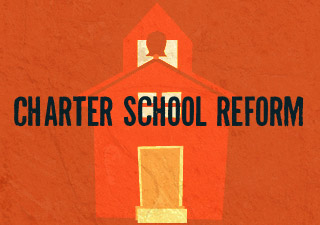Media

False Claims Fuel Charter Attacks
The Education Law Center has issued an attack on legislation to allow universities to approve new charter schools. In a single paragraph, a spokesman for the group makes makes three false claims in trying to demonize charter schools.
“School districts are, you know, they’re charged exactly with that under the law that their job is to ensure that all students receive a quality education,” Lapp said. “When charters expand without any management, it concentrates those student groups more heavily in school districts and gives them less funding and less ability to adequately serve them.”
Myth #1: The public school monopoly ensures that all students receive a quality education. According to the Nation’s Report Card released last week, nearly 60 percent of Pennsylvania’s 8th grade students did not make proficiency in reading or math.
The only real accountability in education occurs when parents can choose the best school for their children. Charter schools don’t get a single dime in funding unless parents choose that particular school for their child.
Myth #2: Charter schools drain resources from school districts. Actually, charter schools only receive about 80 percent of the funding that school districts spend per student. Districts keep the remaining 20 percent for children they no longer have to educate—allowing them to spend more per student for those who remain.
Myth #3: Charter schools “cream” the best students. In fact, charters disproportionately serve low-income, minority students who were struggling in traditional schools.
Requiring charter schools to get permission from school districts to compete for students is like requiring Wendy’s to get approval from McDonald’s to open a new restaurant. Allowing alternative authorizers, like universities, for charter schools, eliminates the flawed mechanism that incentivizes school districts to fight against new educational options—keeping thousands of families on waiting lists for charter schools.
This is a reform nearly 70 percent of Pennsylvania voters support, and the time is ripe for lawmakers to make this positive change.